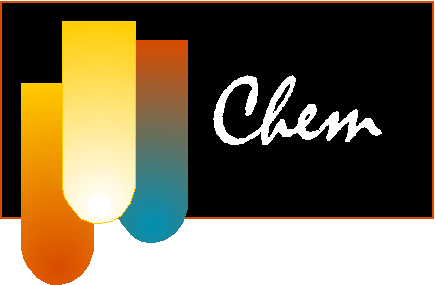
(Teaching Laboratories)

 | Laboratory Safety Regulations (Teaching Laboratories) |  |
Major safety concerns are listed below but others may arise; if so, consult with your instructor or course coordinator as early as possible. Everyone involved with the teaching of laboratories is required to attend announced training sessions; to possess knowledge of protocol for preventing, treating and reporting laboratory related injuries; to be familiar with simple emergency first aid methods and emergency evacuation procedures in accordance with Departmental and University guidelines and rules. Many of the department’s “Laboratory Safety Regulations” for research laboratories also apply to the teaching laboratories and vice versa.
Laboratory instructors, departmental staff, laboratory supervisors, and course coordinators are all responsible for the enforcement of course, departmental and university safety standards. The interpretation of the rules to be followed by everyone are to be the interpretations of the course coordinator and the departmental safety office. Any time after the first session of the semester, anyone who does not comply with the safety regulations must, without further warning, be prevented from remaining in the laboratory or laboratory area.
In coordinated courses it is the TA’s responsibility to conduct the lab as presented by the laboratory textbook being used and the course coordinator. It is the students’ responsibility to conduct the experimentation as presented by the laboratory textbook being used and/or the instructions given by the TA. If there are practices that one believes to be unsafe, he or she is to bring them to the attention of the instructor, the faculty supervisor or course coordinator but no one is to modify the experiment unless directed to do so by the course coordinator.
Supervision
Never work in a chemical laboratory without proper supervision. Your best protection against accidents is the presence of a trained, conscientious supervisor who is watching for potentially dangerous situations.
Eye Protection
In the teaching laboratories safety glasses (goggles) of an approved type must be worn by all persons in the room at all times that anyone is working with or transporting glassware or conducting any experimental work. Experimental work includes many simple tasks such as transporting chemicals, cleaning glassware or work area, obtaining quantitative measurements that involve chemicals, etc. Light-weight “visitors’ shields” or prescription glasses with side shields are not suitable for use in the instructional laboratories.
Protective Clothing
Proper protective clothing must be worn by all persons in the room at all times that anyone is working with or transporting glassware or conducting any experimental work. Exposed skin is particularly susceptible to injury by splattering of hot, caustic, or flammable materials. Students and instructors need to be protected from their necks to below their knees. This requirement includes no shorts, no short skirts, no sleeveless garments, and no bare mid-riffs. Long lab coats or aprons are required if shorts or short skirts are worn. Makeshift coverage such as shirts being used as aprons, paper taped over the knees, etc., is not considered to be suitable. Tight fitting clothing, long unrestrained hair, clothing that contains excessive fringe or even overly loose-fitting clothing may be ruled to be unsafe.
Protective Footwear
No sandals, no open-toed shoes, and no foot covering with absorbent soles are allowed. Any foot protection that exposes any part of one’s toes is unsuitable for wear in the laboratory.
Bicycles, Roller-skates, etc.
Bicycles are not allowed in the buildings where chemistry labs meet. Using Skate Boards, In-line Skates, Roller-skates, and Unicycles is also not allowed. If skates, etc., are brought inside the building, they may not be stored by laying them on the floor.
Food and Drinks in the Labs
Food and drinks are never allowed in the labs. This includes all visible insulated water bottles or mugs, containers of water or flavored drinks, containers of ice intended for consumption, etc. If a food or drink container is empty or unopened, it needs to be inside a backpack, etc., and out of sight.
No Unauthorized Experiments
"Simple" chemicals may produce undesired results when mixed. Any experimentation not requested by the laboratory manual or approved by your instructor may be considered to be unauthorized experimentation.
Removal of Chemicals and Equipment from the Laboratory
The removal of chemicals and/or equipment from the laboratory is strictly prohibited and is grounds for severe disciplinary action.
No Horseplay
Horseplay and pranks do not have a place in instructional chemistry laboratories.